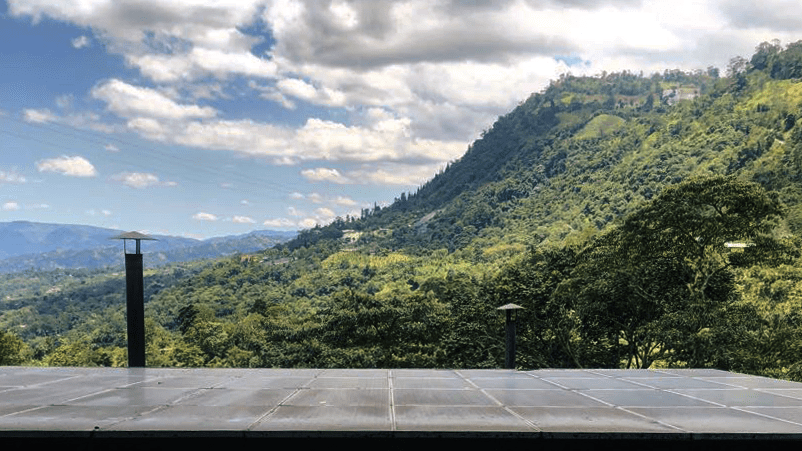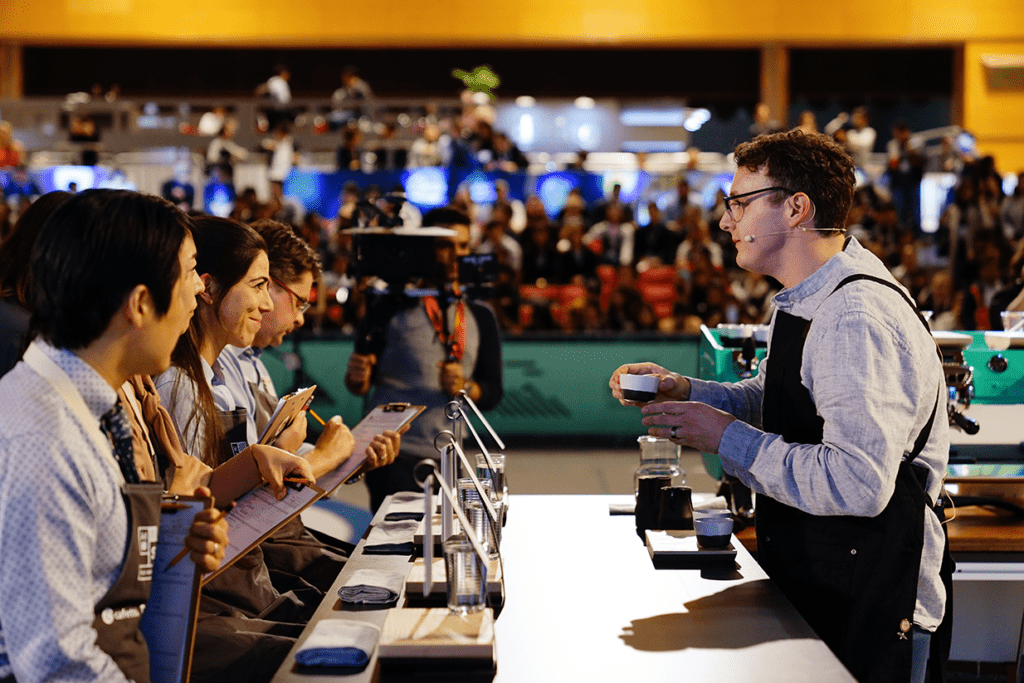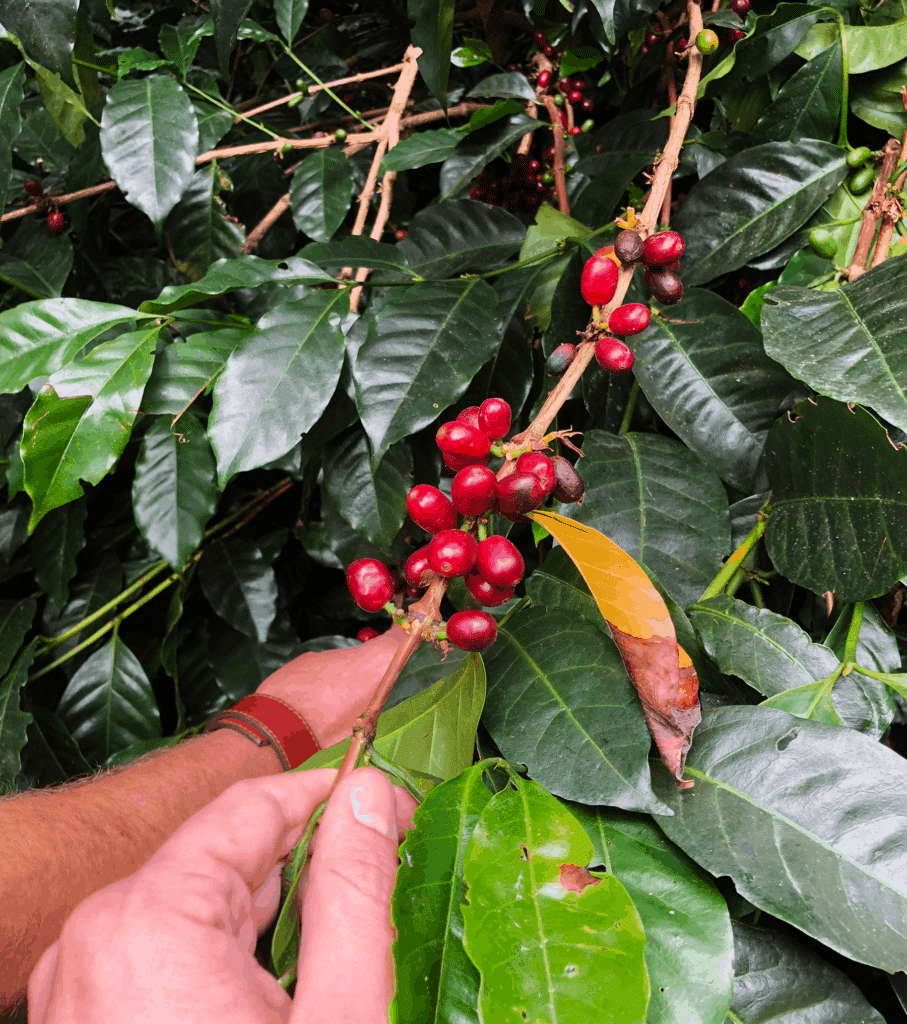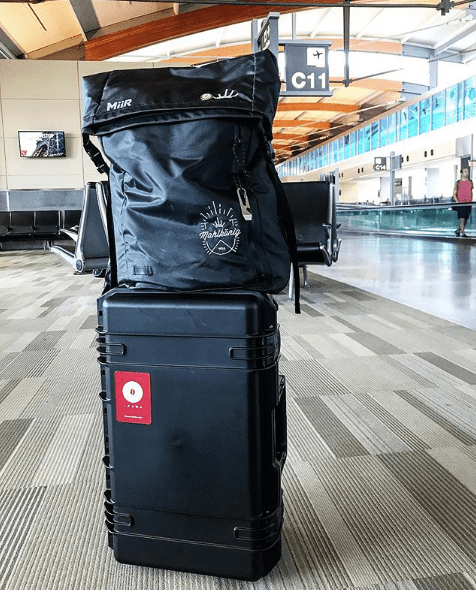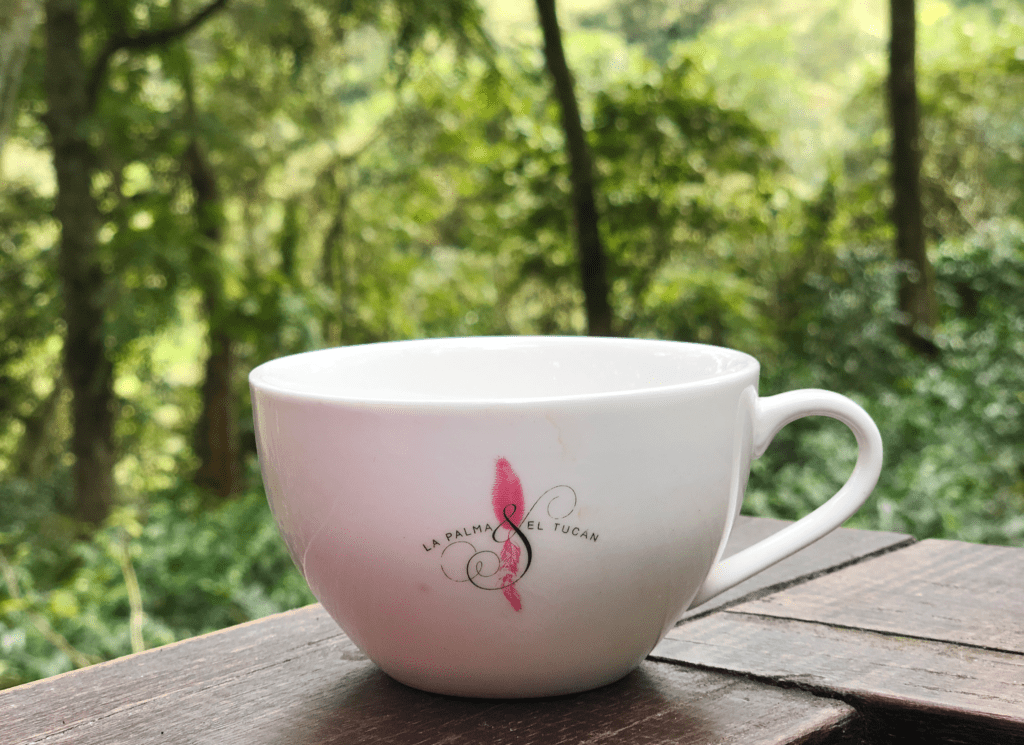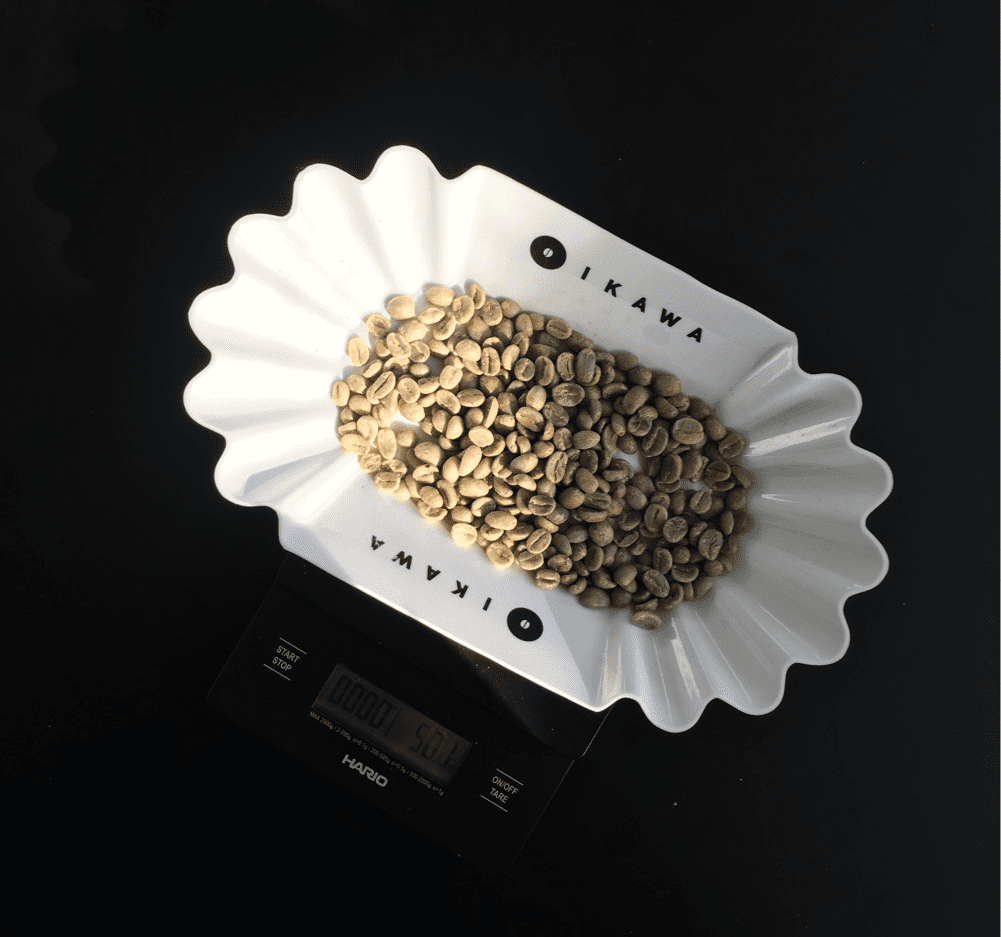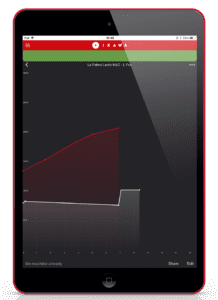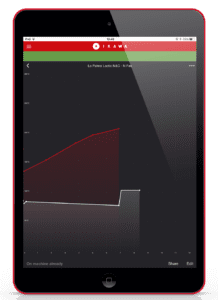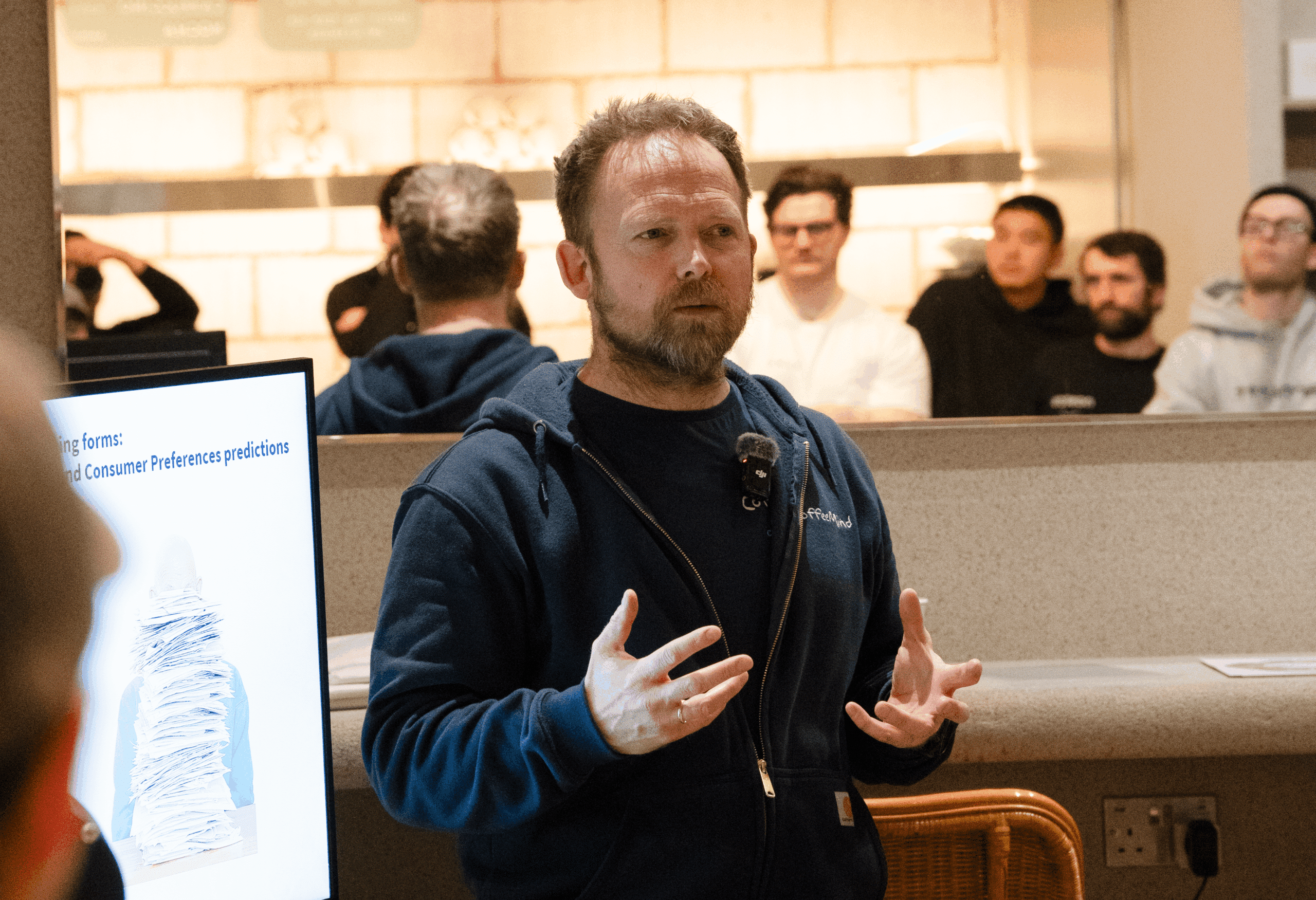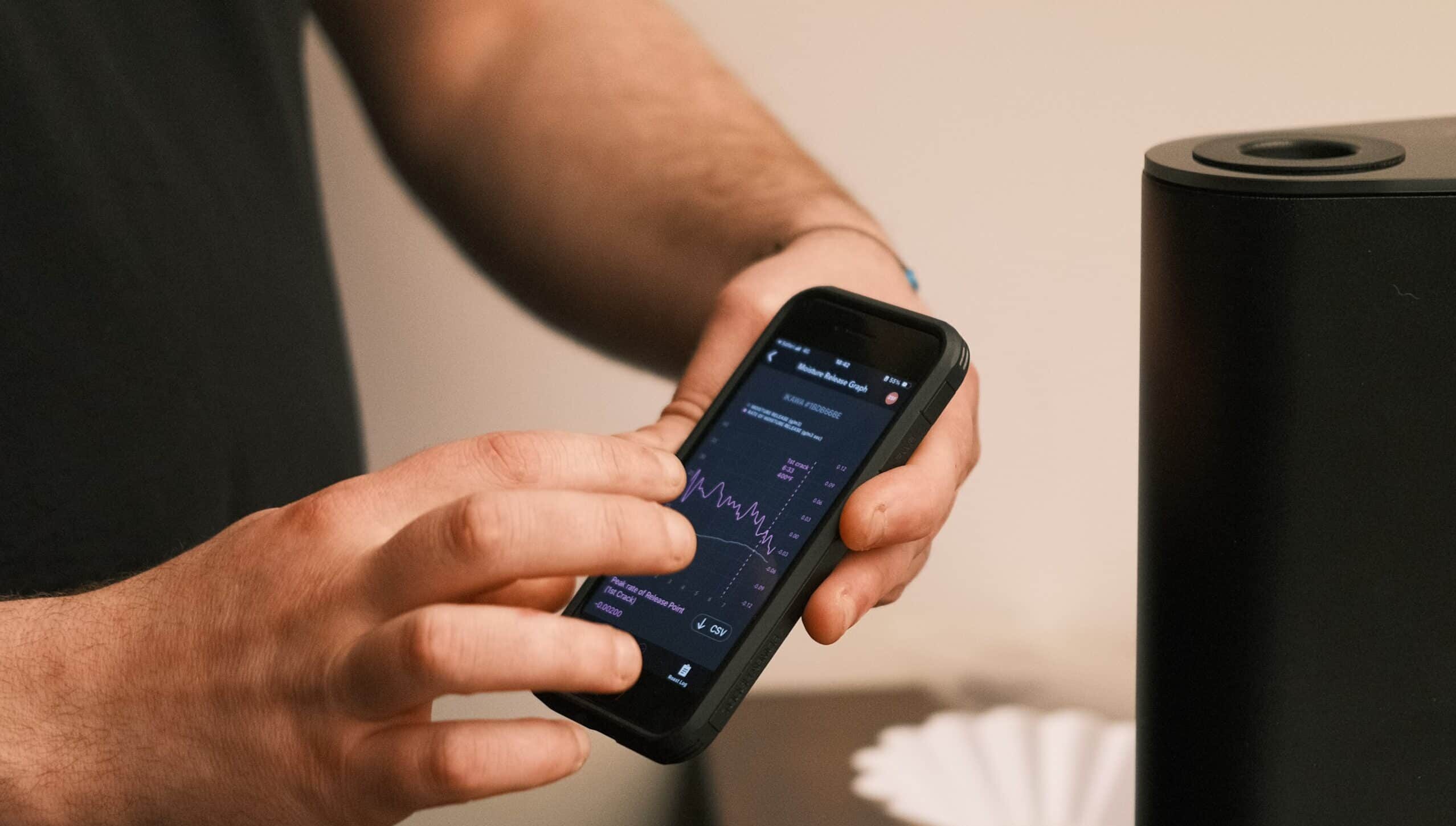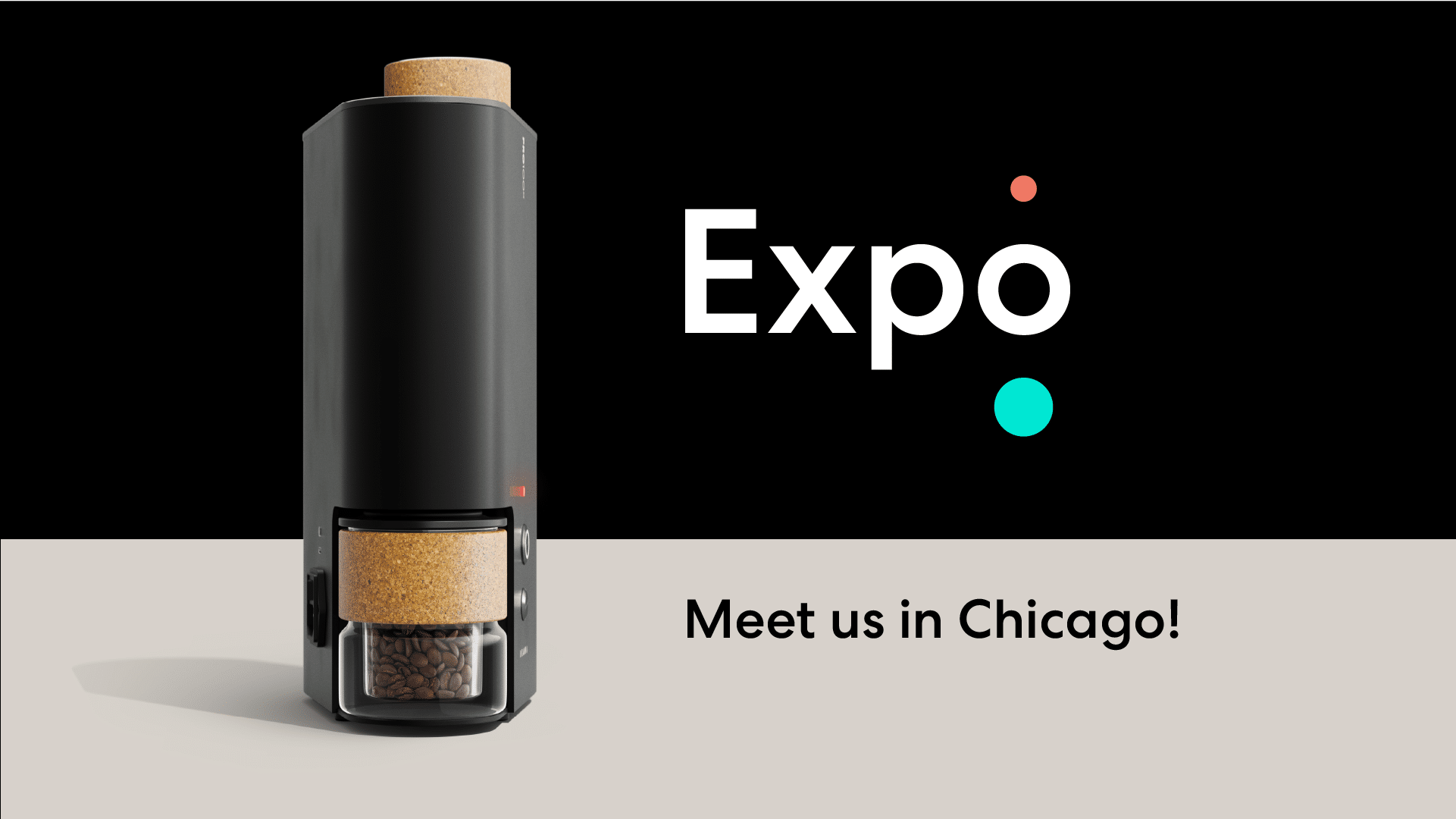Kyle Ramage is cofounder of Black & White Coffee Roasters, the 2017 United States Barista Champion, and an all-around curious human. He’s an avid IKAWA user, and utilises the IKAWA for barista competitions, as Lead Green Buyer, and Head Roaster.
The topic of roasting at altitude comes up often and no one has had a clear answer to why and how it changes the roast. Or how the roast should change to adjust to altitude.
Naturally it came up with Kyle, when we were speaking with him, and it came up in his conversations as well:
“Ben Put and I have had many conversations about roasting on the IKAWA, as he introduced me to the machine. He lives in Calgary, Canada which has an elevation of around 1000 MASL, which is much higher than my elevation in Raleigh NC. He explained how he built curves, and gave me potential curves to start with when I traveled to Panama last year in the run up to WBC.”
Kyle used the IKAWA to roast his 2017 World Barista Championship espressos. He had 3 different coffees with 3 different processes (and you can find his roast profiles for that here).
Recently he stated “in my chats with others who travel and work with IKAWA we have come to a fairly clear conclusion with high elevations more air flow is needed for the IKAWA to perform well with greater elevations.”
He noted that this was mostly anecdotal evidence and it needed a more scientific approach, which he was able to achieve recently.
“My hypothesis is that with high elevation, 1000 MASL and above, the air itself is “thinner” and because of this one will need more fan speed to produce similar flavor profiles and curves at elevation.”
After his latest chat with with IKAWA, Kyle had the opportunity to travel to Colombia.
“It just so happened that a few days after my conversation with Miles I was heading to Colombia for a purchasing trip. In particular I was heading to La Palma y El Tucan. Both Bogota (2600 MASL) and Cundinamarca (1800 MASL). Since I was allowed this amazing opportunity I designed an experiment to test this hypothesis.”
Take it from here, Kyle:
“In an attempt to find actionable data, only one data point was changed from my normal sample roasting profiles. For this experiment, that data point was the fan speed %, adjusted lower and higher for this experiment.
Simply put, I took 1 coffee in Bogota and roasted it on 3 different curves: 1 with my standard curve, 1 with a much higher fan speed, and 1 with a lower fan speed.
I also continued the experiment on the next day in Cundinamarca by roasting 6 more samples of different coffees, on two separate curves. One on my WBC curve for Gesha, and one on the same curve from Bogota with a higher fan speed.
We then cupped the samples blind and gave our evaluation of the samples blind.
To my own surprise, and the others involved in this experiment, 7-10% higher air flow profiles were preferred by all, unanimously. This was totally unexpected, but without fail the coffees from the higher air flow curves showed greater clarity, acidity and more pronounced flavours. This increase in fan speed provided unanimously positive results across variety and processing types.
We did notice some trends. It seemed that the coffees tended arrive at first crack about 10 seconds earlier. This can lead to some pretty high post first crack times. I would encourage one to taste and see what they prefer on these numbers, but it may necessitate shorting the overall roast time, or overall roast temp.
It makes sense as water becomes vapour at a lower temp at elevation and this could be drying coffees ever so slightly faster, leading to faster yellow, and then faster crack.
After roasting each of the profiles, the coffees were cupped 24 and 48 hours after roasting and held in zipper bags to assure that no moisture was taken on from the environment. Coffees were tasted by myself, Sebastian, Daniel (Both with LPET), Sam and Phil (Dillanos Coffee), and David Train (Code Black Coffee). Cups were paired, however each set was blind in regards to which roast curve was which in an attempt to remove as much bias as possible.
When we tested the lowest fan speed in Bogota we noticed that the coffee would not move, even with a strong bump. Thus, this part of the experiment was abandoned for the second set of evaluations in Cundinamarca.
Bogota Coffees – We did 3 samples of LPET Neighbors & Crops Lactic process Castillo variety. The Low Air Flow cup tasted quite “roasty” and somewhat scorched. The Standard Airflow was pretty good, but the High Air Flow showed the clearest representation of the coffee origin and its process.
Cundinamarca Coffees – this was more of an experiment to see if the IKAWA was viable for roasting on the farm for the LPET team, but we added the airflow variable to this cupping as well to see the effect of the airflow changes on other varieties (Gesha, Sidra, SL28, and Typica along with different processing methods: Washed, Honey, and Natural).
Again to my surprise the higher air flow roasts (89-77% fan speed) were tops.
I must extend special thanks to La Palma y El Tucan’s Sebastian and Daniel for providing green coffee, use of their IKAWA PRO V3 roaster, use of the cupping lab, and their valuable tasting experience. Also special thanks to Sam Spillman, Phil Beattie, and David Train for weighing in on these samples.”

